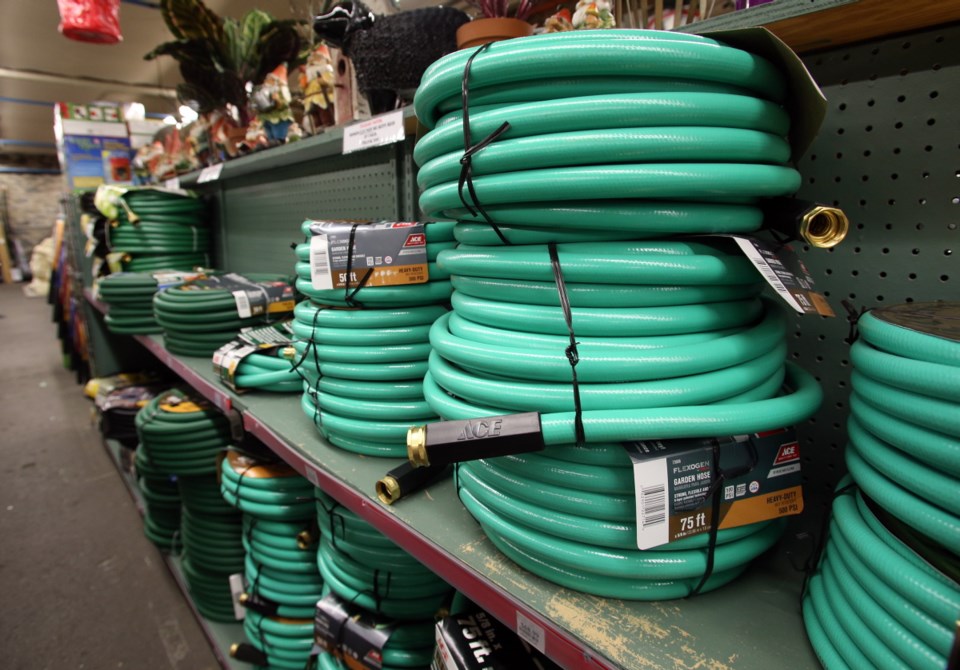The province is urging residents of Vancouver Island and the Gulf Islands to use less water because of drought conditions and a forecast that says it will continue to be hot and dry.
But the raising of the Sooke dam in 2002 is helping capital region residents to avoid expanded water use restrictions.
Vancouver Island “is currently experiencing Level 3 drought conditions, which call for voluntary water-use reductions of 20 per cent or more from all municipal, agricultural and industrial users,” the Ministry of Forests, Lands and Natural Resource Operations said in a statement Friday.
Ministry staff are monitoring river levels and could upgrade the drought advisory to Level 4, the highest, if the drought continues. Under Level 4, reduced water use would be mandatory.
But Greater Victoria’s water supply is holding up well despite a drier-than- normal June and July.
“It’s not an issue for the tip of the Island that is served by CRD water,” said Andy Orr, Capital Regional District senior manager of corporate communications.
Greater Victoria draws its water from a huge reservoir at Sooke Lake, which was expanded in 2002 after several years of drought.
The Cowichan Valley Regional District has banned watering of lawns, filling of pools or hot tubs, and washing of vehicles in several areas, citing low flows in the Cowichan and Koksilah river basins.
“Victoria had so much foresight with that great reservoir,” said Rodger Hunter, Cowichan Water Board co-ordinator. “The Cowichan Lake is like a big bathtub that drains from the top [spilling over a weir] so … because we had a dry winter and spring, we started the season below the top of the weir.”
On Wednesday, flow into the Cowichan River was cut back from five cubic metres a second to 4.5, he said. The weir is operated by Catalyst Paper, which has a pulp and paper mill in Crofton, but changes are made only after consultation with other user groups, including Cowichan Tribes and the provincial Ministry of Environment.
Lower flows mean less water and warmer water in the Cowichan River, which endangers spawning salmon. The river also feeds underground aquifers that valley homes use for wells.
Ted Robbins, Greater Victoria Water District general manager of integrated water services, said the Sooke reservoir was at 82.3 per cent of total storage capacity on Friday, “which is good for this time of year and slightly above the five-year average for the first week of August.”
Greater Victoria had only two per cent of its normal monthly precipitation in June and 30 per cent of normal in July. The standard summer water-use rules are in effect, which restrict residents to watering lawns two days a week.
He said demand continues to decline, thanks to more people replacing wasteful appliances with more efficient ones. Reduced water use has been evident even in the winter, Robbins said.
The reservoir won’t start to refill until the fall rains come, he said. The dry winter last year meant the Sooke reservoir didn’t reach full capacity until March, which is unusually late. Still, that’s not a problem, Robbins said.
“In fact, we have enough storage capacity at Sooke Lake reservoir to supply water to Victoria, based on normal demand, for two years.”



